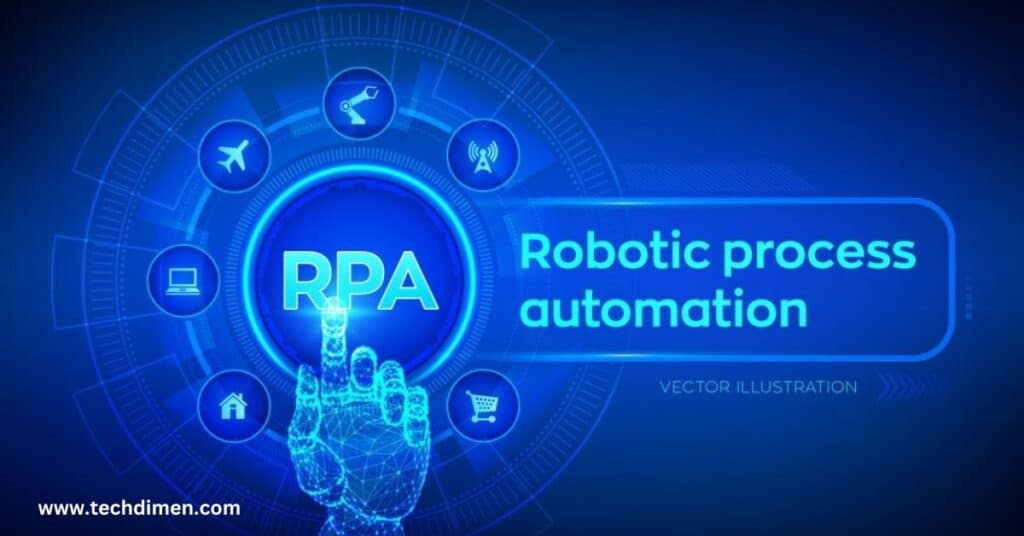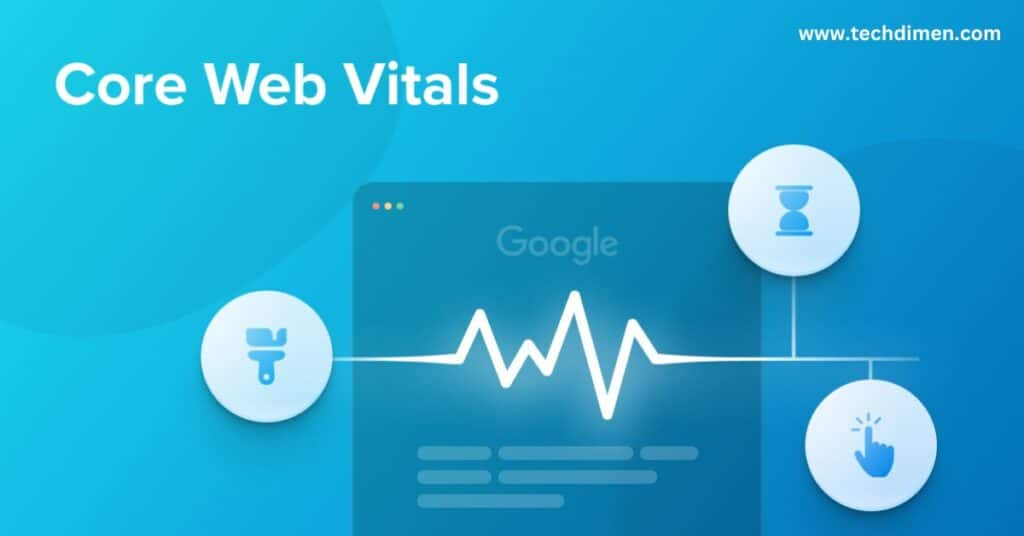In test technology has evolved from a background support system into a central pillar of modern software development. With software being released more frequently and in more complex environments from mobile apps and microservices to IoT and AI systems the need for smarter, faster, and more reliable testing methods has never been greater.Companies now view test technology as a strategic enabler. High performing teams integrate testing directly into development workflows, automate as much as possible, and use intelligent analytics to make better decisions faster. In this article, we’ll explore how test technology is shaping the future of digital quality, the most important tools and frameworks available, and what trends are defining the landscape of testing in 2025.
Why Test Technology Matters More Than Ever
The financial and reputational cost of software bugs continues to rise. According to the 2023 Cost of Poor Software Quality report, American businesses alone lost over $2.41 trillion due to software defects. This figure is only increasing as more industries digitize their operations.
In 2025, ensuring that software functions correctly, securely, and efficiently is not optional it is foundational. Test technology enables development teams to identify defects early in the lifecycle, improve user satisfaction, reduce time-to market, and maintain compliance in tightly regulated sectors such as finance and healthcare. Moreover, modern Test Technology aligns perfectly with agile and DevOps workflows, enabling faster feedback loops and more stable releases.
the Core Components of Test Technology

At the heart of modern software quality lie four fundamental testing categories: functional testing, performance testing, security testing, and usability testing.
Functional testing verifies that software features behave according to specification. This category includes unit tests, integration tests, and en to end validations, often executed using frameworks like Selenium WebDriver, Playwright, or Cypress. Developers typically pair these tests with test case management platforms such as TestRail or Zephyr.
Performance testing focuses on how well an application performs under varying levels of load. Tools like JMeter, Gatling, and k6 are widely used to measure response times, system throughput, and overall scalability. Companies with large user bases such as streaming platforms or e-commerce sites depend on performance testing to avoid downtime during peak traffic.
Security testing ensures that software is resilient to cyberattacks. Techniques include static application security testing (SAST), which analyzes code before deployment, and dynamic application security testing (DAST), which probes running applications. Common tools include Checkmarx, Fortify, OWASP ZAP, and Burp Suite. Manual penetration testing is still vital for identifying advanced threats.
Usability and accessibility testing guarantee that applications are usable by all, including users with disabilities. Compliance with accessibility standards such as WCAG 2.2 and Section 508 is increasingly enforced, especially for government and healthcare platforms. Testing tools like Google Lighthouse, WAVE, and Axe DevTools are often embedded into the development cycle.
Choosing the Right Test Automation Framework
Automation has become the backbone of test technology. In 2025, there are specialized frameworks for almost every testing scenario.Unit testing is handled by tools like JUnit for Java, Mocha for JavaScript, and PyTest for Python. These frameworks validate individual functions or modules in isolation, ensuring the core logic of applications is solid.
For testing browser interactions, UI frameworks like Selenium, Cypress, and Playwright allow teams to simulate real user workflows. Cypress has gained popularity for its speed and JavaScript-native syntax, while Playwright supports modern browser engines like WebKit and Firefox.
API testing is just as critical. Tools like Postman, Rest Assured, and Karate allow QA teams to test backend endpoints, authentication workflows, and service communication across microservices. This layer is essential for modern cloud-native applications.
Mobile testing presents unique challenges. Appium, Detox, and Espresso are the go-to frameworks for automating tests on Android and iOS. Cross-platform tools like BrowserStack offer real-device cloud testing to ensure compatibility across screen sizes and OS versions.
Visual testing is another fast-growing category. Tools like Applitools and Percy use AI to detect unexpected UI changes across deployments. These systems reduce false positives while catching hidden layout bugs that traditional tests may miss.
Test Technology Summary table
| Aspect | Description |
|---|---|
| Definition | The tools, methods, and processes used to evaluate systems, software, or hardware. |
| Purpose | To identify defects, ensure functionality, and validate performance and reliability. |
| Types of Testing | – Manual Testing- Automated Testing- Functional Testing- Non-functional Testing |
| Common Tools | – Selenium- JUnit- TestNG- Postman- LoadRunner |
| Industries Used In | – Software Development- Electronics- Automotive- Aerospace |
| Benefits | – Improves product quality- Reduces development costs- Increases reliability |
| Challenges | – High setup time for automation- Maintenance of test cases- Skill requirements |
| Trends | – AI-powered testing- Continuous Testing in DevOps- Cloud-based testing platforms |
| Best Practices | – Test early and often- Use a mix of manual and automated testing- Maintain detailed documentation |
AI in Software Testing and Advantage

The introduction of artificial intelligence into test technology has led to transformational improvements. Intelligent test automation now plays a central role in quality assurance.
AI-based testing tools are capable of predicting which areas of an application are most likely to fail based on historical data. This prediction allows for smarter test selection and prioritization. Test case generation can now be driven by natural language inputs—some tools convert product requirements directly into executable tests.
Tools like Testim and Functionize leverage machine learning to create self-healing test scripts. These scripts automatically adapt to changes in the application’s UI or structure, reducing test flakiness and maintenance efforts. Meanwhile, Applitools Visual AI analyzes UI changes using deep learning models, delivering pixel-perfect validation without human review.
Integrating Testing Into CI/CD Pipelines and DevOps Workflows
The fusion of testing with continuous integration and deployment pipelines has revolutionized how teams deliver software. By integrating testing directly into the CI/CD process, development teams can detect issues as soon as new code is committed.
Tools like Jenkins, GitHub Actions, CircleCI, and GitLab CI support test orchestration. For example, developers can configure pipelines to run test suites automatically when code is pushed to a repository. These pipelines support parallel execution, speeding up feedback cycles and reducing the risk of regressions.
Docker and Kubernetes help ensure consistent test environments, reducing the notorious “it works on my machine” problem. CI servers pull fresh containers for each test run, enabling repeatable and reliable test executions.
Metrics from these automated pipelines feed directly into dashboards, offering real-time insights into test coverage, pass/fail rates, and code quality trends. This feedback loop empowers faster, safer deployments and builds confidence in the codebase.
Emerging Trends Shaping the Future of Testing

Several trends are redefining test technology in 2025. One is the rise of TestOps, which applies DevOps principles specifically to testing. TestOps centralizes test management, fosters collaboration across development and QA, and improves visibility through dashboards and automated reporting. Platforms like Xray, PractiTest, and Zephyr Scale lead in this space.
Another major trend is shift-left and shift-right testing. Shift-left refers to moving tests earlier into the development process. Developers write tests as they code, catching issues sooner and reducing rework. On the flip side, shift-right testing focuses on production observability. Monitoring tools like Datadog and New Relic allow teams to assess real-world usage patterns, detect anomalies, and identify untested paths.
Low-code and no-code test platforms are also gaining traction. These solutions allow non-technical team members to create, maintain, and execute tests through drag-and-drop interfaces or natural language commands. Katalon, Leapwork, and TestCraft have become leaders in this space, expanding the testing process to include product managers and business analysts.
Testing Embedded Systems and IoT Devices
IoT testing solutions have matured significantly due to the growth of smart devices and embedded systems. Testing these systems presents unique challenges, from hardware constraints and wireless connectivity to real-time data processing.
Testing tools like Eggplant and NI TestStand are widely used to simulate sensor data, measure timing precision, and test firmware updates. VectorCAST and Cantata help with static analysis and compliance testing in regulated industries such as automotive and aerospace.
One critical aspect of IoT testing is verifying protocol-level communication. Tools like Parasoft and MQTT-specific simulators allow testers to ensure reliable data transfer between embedded devices and cloud backends.
As IoT systems expand into homes, cities, and medical facilities, ensuring their security and reliability becomes non-negotiable.
the World Examples: Test Technology in Action
Tesla has embraced model-based testing and hardware-in-the-loop simulations to test self-driving features and over-the-air updates. These tests run on digital twins of the vehicle, simulating real-world driving conditions to prevent failures before updates reach production vehicles.
Amazon has built a continuous deployment engine that releases code every 11.7 seconds. The retail and cloud giant uses automated regression testing, performance monitoring, and static code analysis to ensure stability across AWS and its e-commerce platform.
In the UK, the National Health Service adopted low-code testing platforms to validate its mobile apps and web services. These systems now run daily tests for accessibility and compliance, improving trust and usability across millions of users.
How Test Technology Supports Core Web Vitals and SEO

In 2025, optimizing software for performance is not just good practice it directly affects your search engine ranking. Google’s Core Web Vitals prioritize page load speed, responsiveness, and layout stability.
To test and improve these metrics, developers use tools like PageSpeed Insights, Lighthouse, and WebPageTest. These tools simulate different network conditions and device types to detect slow-loading assets, layout shifts, and unresponsive JavaScript.
By integrating these insights into automated test suites, developers can catch issues before they go live, improving user experience and supporting SEO goals.
FAQs
What Exactly Is Test Technology?
Test technology involves the use of specialized tools, processes, and methods to assess and ensure the quality, functionality, performance, and reliability of software, hardware, or integrated systems. It’s an essential part of modern development and engineering workflows.
Why Is Test Technology So Important?
Testing helps detect issues early in the development process. It prevents costly errors, supports continuous improvement, and ensures that products meet quality standards before being released to users or customers.
How Does Manual Testing Differ from Automated Testing?
Manual testing is performed by humans who execute test cases step-by-step without tools. Automated testing, on the other hand, relies on software scripts that execute tests faster and more consistently. Manual testing is great for exploratory or usability testing, while automation is perfect for repetitive tasks.
Is Test Technology Only Used in Software?
Not at all. Test technology is widely used across many industries, including electronics, automotive, aerospace, telecommunications, and healthcare. Any system requiring precision and reliability benefits from testing.
What Are Some Popular Tools in Test Technology?
Some commonly used tools include Selenium for web automation, JUnit and TestNG for unit testing in Java, Postman for API testing, and LoadRunner for performance testing. Each tool supports different stages and types of testing.
What Trends Are Shaping the Future of Test Technology?
AI-powered testing is automating test case generation and bug detection. Continuous testing is being integrated into DevOps pipelines, allowing rapid and ongoing feedback. Cloud-based testing platforms are also rising in popularity due to their scalability and accessibility.
How Do I Choose Between Testing Methods?
It depends on your goals. Use functional testing to confirm the system behaves as expected. Apply non-functional testing to evaluate speed, scalability, and security. Use manual testing for scenarios needing human insight and automated testing for repetitive, large-scale cases.
What Challenges Come with Implementing Test Technology?
Some common hurdles include high setup and maintenance costs, frequent updates to test scripts, limited test coverage, and the need for skilled testers. Adapting your test strategy to match fast-paced development environments can also be tough.
How Can I Ensure My Testing Is Effective?
Begin testing early in the development cycle. Keep test cases updated. Use a combination of manual and automated testing. Involve testers during planning stages. Always analyze the test data to uncover hidden issues and improve coverage.
Is It Possible to Over-Test a System?
Yes. Over-testing can waste time and resources, especially if you focus on stable or low-risk areas. Prioritize testing based on risk, complexity, and business impact to stay efficient and effective.
Final Thoughts
Test technology has become one of the most important tools in a modern software team’s arsenal. Whether it’s automated testing, security validation, or performance monitoring, the right strategy and tools can dramatically improve product quality and reduce costs.
Organizations that embrace AI in software testing, embed testing into CI/CD pipelines, and adopt advanced test automation frameworks will outperform competitors on both speed and quality. As test technology continues to evolve, those who lead in testing will lead in innovation.
Would you like this formatted into a Google Doc, WordPress draft, or downloadable Markdown file for easy publishing? I can also build an internal linking structure and content cluster strategy to help you rank for every test-related keyword in your niche.

Jhon AJS is a tech enthusiast and author at Tech Dimen, where he explores the latest trends in technology and TV dimensions. With a passion for simplifying complex topics, Jhon aims to make tech accessible and engaging for readers of all levels.







